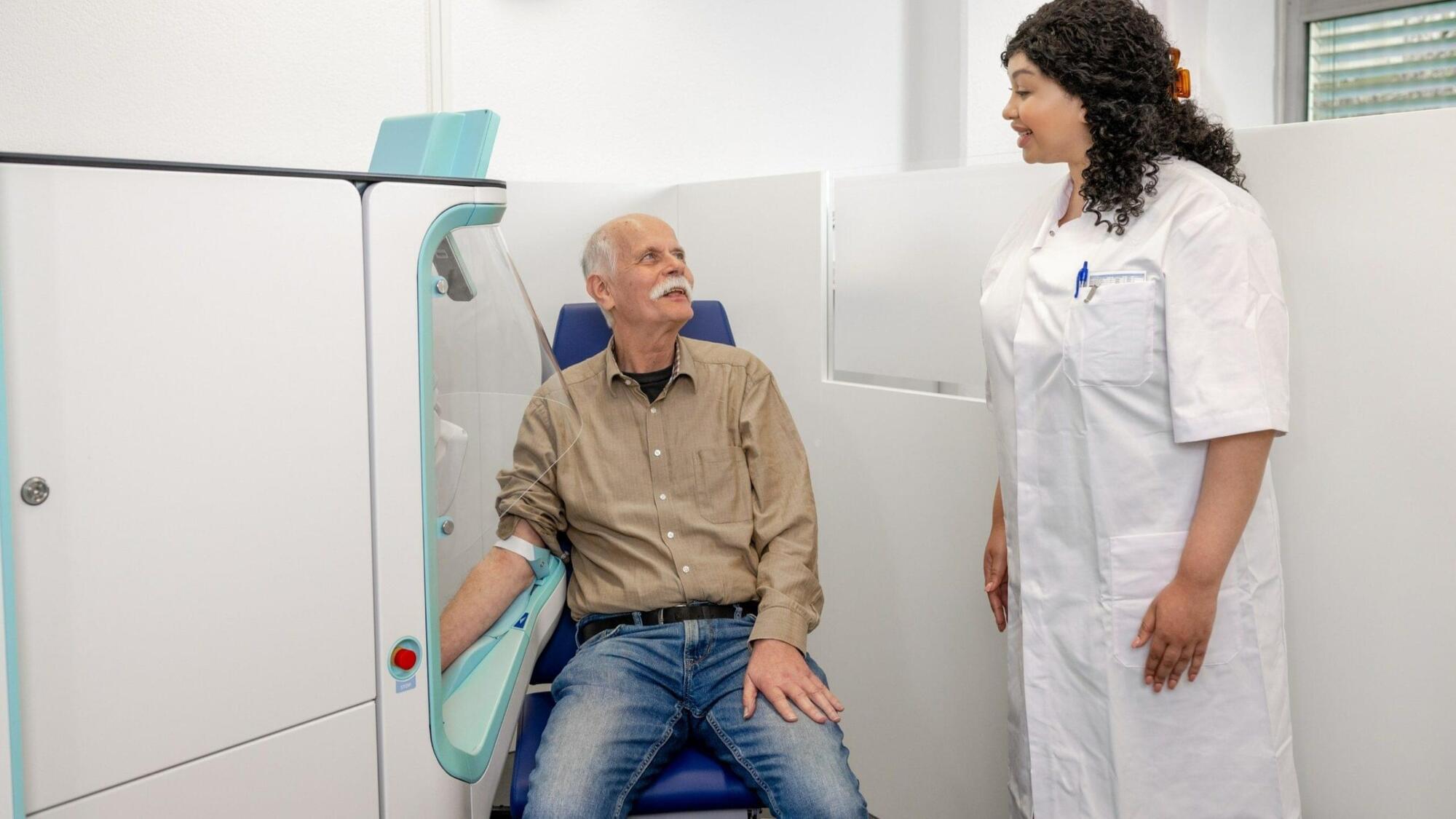The device had a success rate of 95%, with 83% of the participants finding the procedure comparable or less painful than manual blood draws.



To try everything Brilliant has to offer—free—for a full 30 days, visit https://brilliant.org/ArtemKirsanov/.You’ll also get 20% off an annual premium subsc…






A population-based study led by the University of Turku, Finland, investigated factors associated with the prevalence of antibiotic resistance. In addition to antibiotic use, diet, gender, living environment, income level and certain gut bacteria were associated with a higher burden of resistance. A higher resistance burden was associated with a 40% higher risk of all-cause mortality during the follow-up.
Antibiotic-resistant bacteria cause more than one million deaths per year worldwide, and the number is rising fast.
A recent study shows that an increase in relative mortality risk can be predicted by high resistance burden as well as by elevated blood pressure or type 2 diabetes. The number of antibiotic resistance genes found in gut bacteria predicted the risk of sepsis or death during a long follow-up period of almost two decades.

With so many people using devices that can be connected to the internet, reliably securing wireless communications and protecting the data they are exchanging is of growing importance. While computer scientists have devised increasingly advanced security measures over the past decades, the most effective techniques rely on complex algorithms and intensive computations, which can consume a lot of energy.
Researchers at Peking University, Southeast University, University of Sannio and other institutes recently introduced a new approach for securing communications both effectively and energy-efficiently, which relies on a reconfigurable metasurface with properties that are modulated by chaotic patterns.
This approach, outlined in a paper published in Nature Communications, is based on an idea conceived by the senior authors Vincenzo Galdi, Lianlin Li and Tie Jun Cui, who oversaw the project. The idea was then realized at Peking University and Southeast University by junior authors JiaWen Xu Menglin Wei and Lei Zhang.